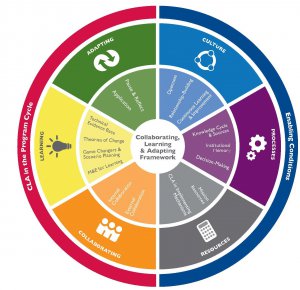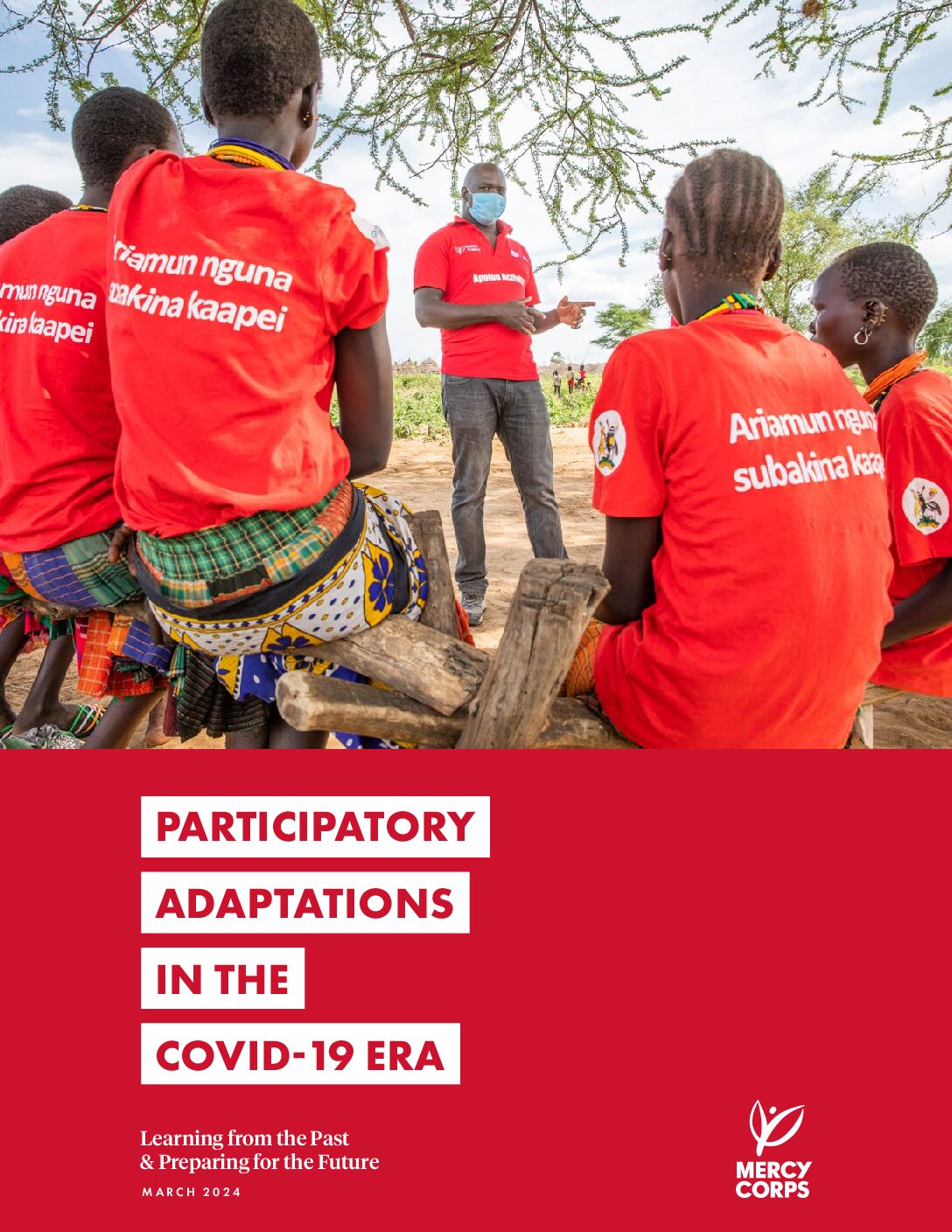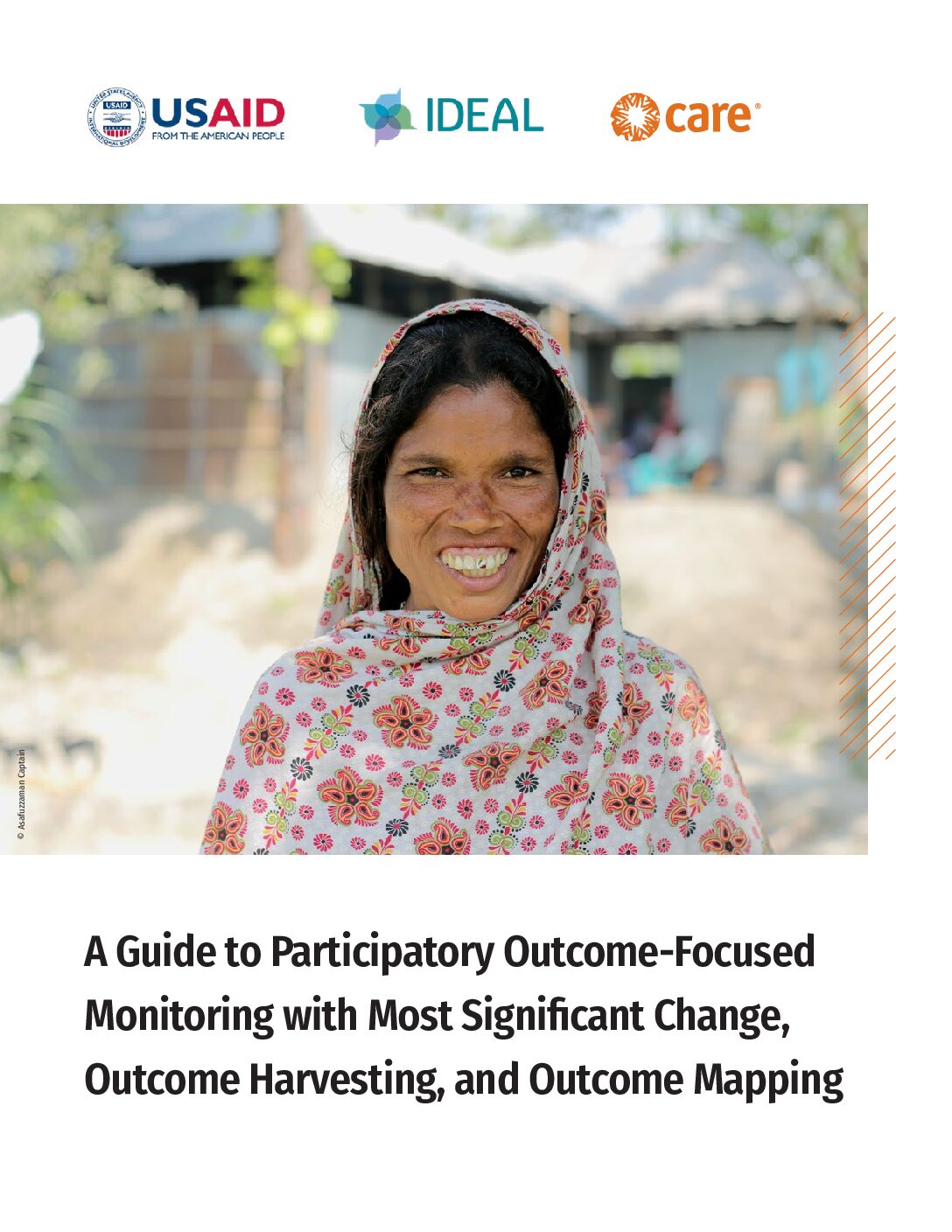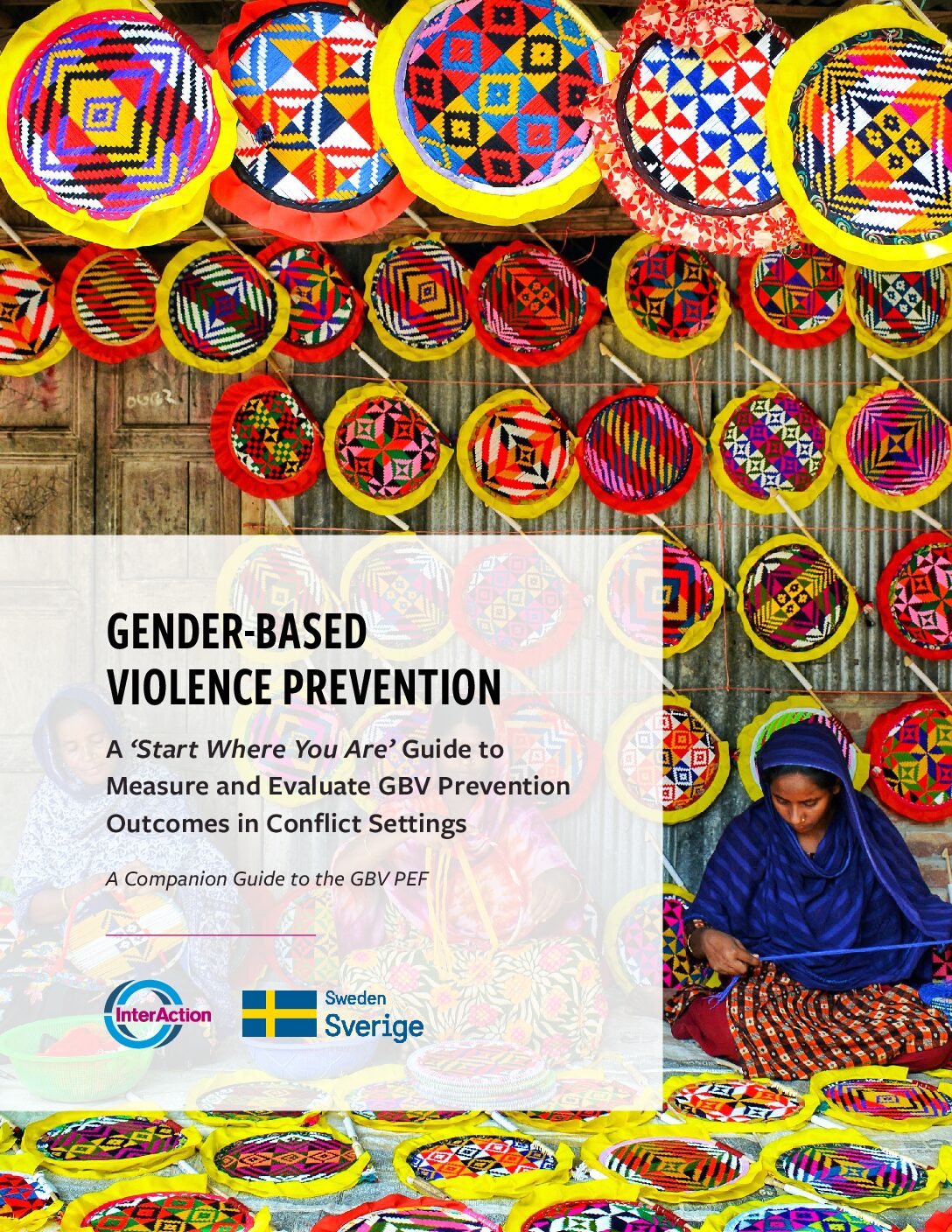This blog piece features USAID- partner Pact’s collaborating, learning, and adapting (CLA) initiative for designing a multi-stakeholder learning agenda in their orphans and vulnerable children (OVC) portfolio in Tanzania.
Since the project began in July 2016, the Pact team has been keen to develop and implement a learning agenda to contribute to the evidence base for OVC programming in Tanzania and the region more broadly. Recognizing the value that different stakeholders have in collective problem-solving, the Pact and USAID team brought together a broad group of stakeholders (consortium partners, Government, UN, other OVC stakeholders, and their donor (USAID)) through a participatory, action-oriented, and critical approach to developing learning questions. Stakeholders gathered in a one-day workshop to develop a prioritized, achievable set of learning questions to yield results that are useful for both the Pact project, specifically, as well as to other stakeholders working with OVC in Tanzania. While the composition of the group was diverse in terms of organizations/ actors, it was additionally diverse in terms of the roles and capacities of the participating individuals themselves (with representation from senior technical staff, M&E officers, Government officials, donor colleagues, and other decision-makers). The approach, adapted from USAID Learning Lab’s guidance on learning agendas and a related workshop training, allowed small teams to enhance their analysis of the programmatic context and identify gaps in knowledge that could be translated into learning agenda questions.
Currently, the team is shaping the learning questions into an actionable learning agenda by determining the methods used to respond to each question, developing a timeline for implementation and results dissemination, and assigning responsibilities among project staff, consortium partners, and other stakeholders who will remain active in the learning process.
This case example from Pact is a helpful illustration of how results-based values and culture translate from commitments into practice through investing in collaborating, learning and adapting from the start, as well as setting the stage for an iterative process of analysis, reflection, learning, and relationship-building.
For the full post, please see here.



